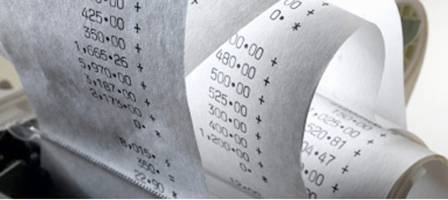REDUCED EXCLUSION
A taxpayer who does not qualify for the full home sale gain exclusion may still qualify to exclude a reduced amount if the taxpayer(s) did not meet the ownership and use tests, or the exclusion was disallowed because of the once every 2-year rule, but sold the home due to:
a) A change in place of employment,
b) Health, or
c) Unforeseen circumstances to the extent provided in IRS regulations. The following are examples of unforeseen circumstances for qualified taxpayers:
1. Involuntary conversion of the residence;
2. Natural or manmade disasters or act of war or terrorism resulting in a casualty to the residence;
3. Death of an individual;
4. The loss of employment making the taxpayer eligible for unemployment compensation;
5. A change in employment status that results in the taxpayer being unable to pay housing costs and reasonable basic living expenses for the household;
6. Divorce or legal separation under a decree of divorce or separate maintenance; and
7. Multiple births resulting from the same pregnancy.
Amount of Reduced Exclusion – If qualified, the reduced exclusion is determined on an individual basis and in the case of married taxpayers, the individually computed amounts are combined for the joint exclusion. To determine the reduced exclusion, multiply $250,000 (maximum exclusion amount) by a fraction whose denominator is 720 and numerator is the shorter of:
(1) The number of days, during the five-year period just prior to the current sale that the property was owned and used by the taxpayer as his/her principal residence, or
(2) If the taxpayer sold a home just prior to the current sale and the exclusion applied to that sale, the number of days between that sale and the current sale.








Leave a Reply
Want to join the discussion?Feel free to contribute!